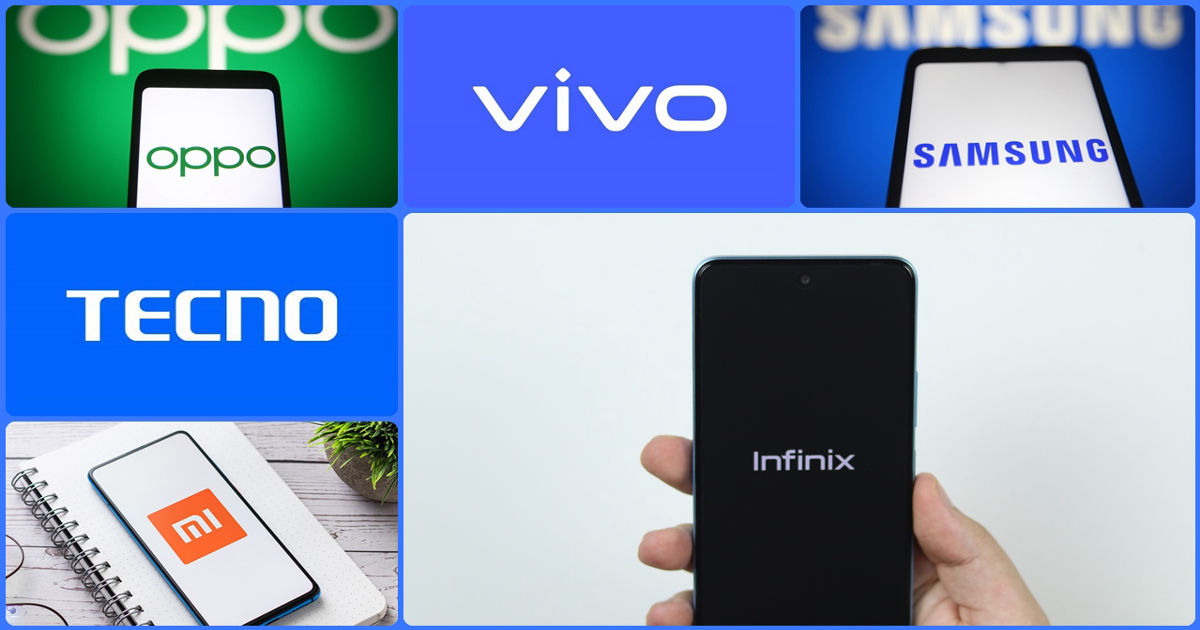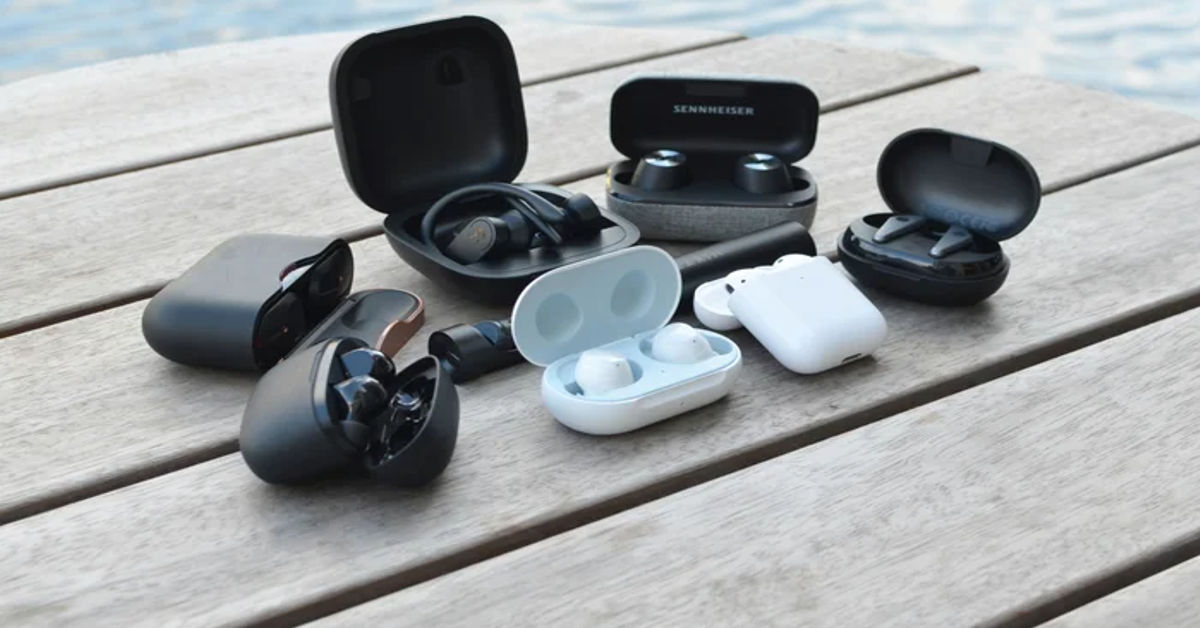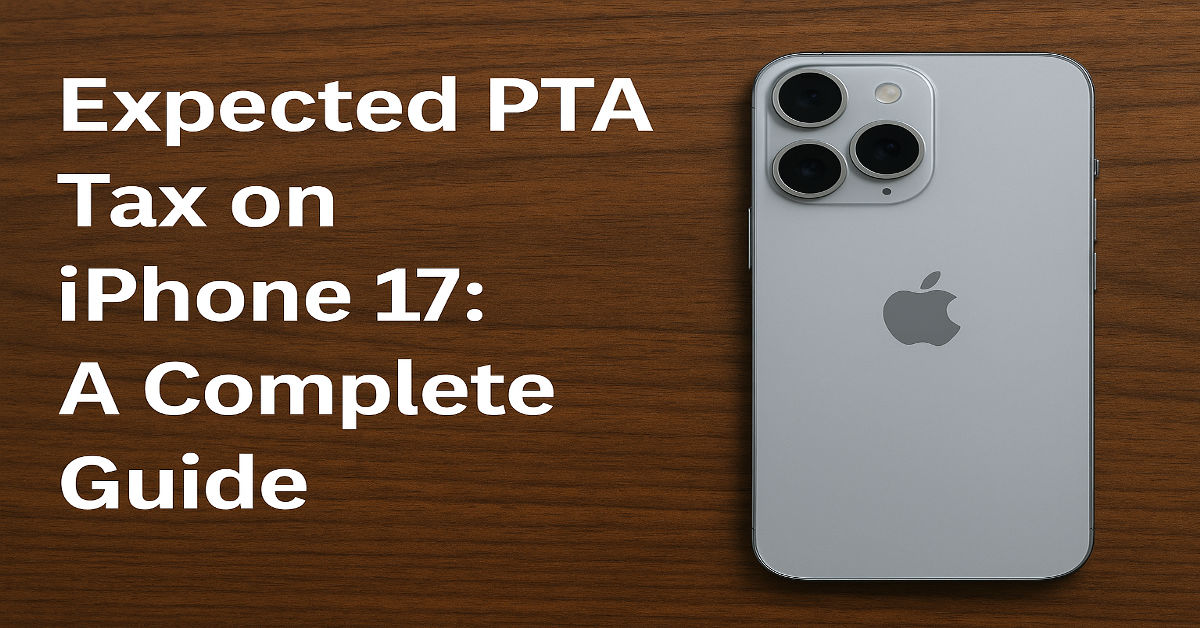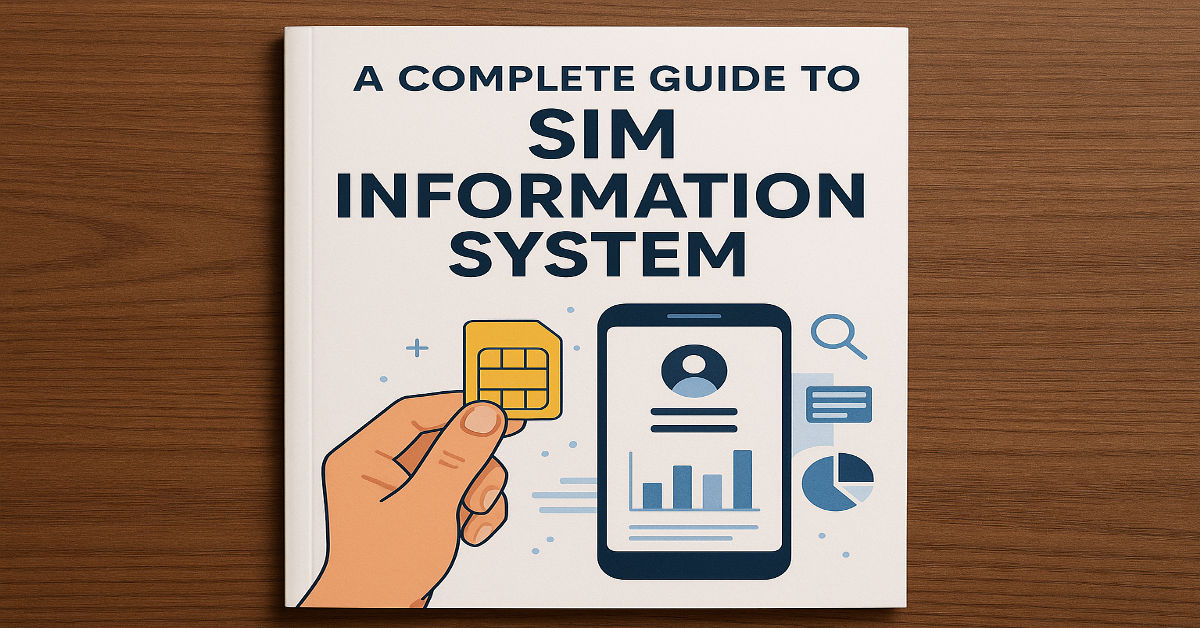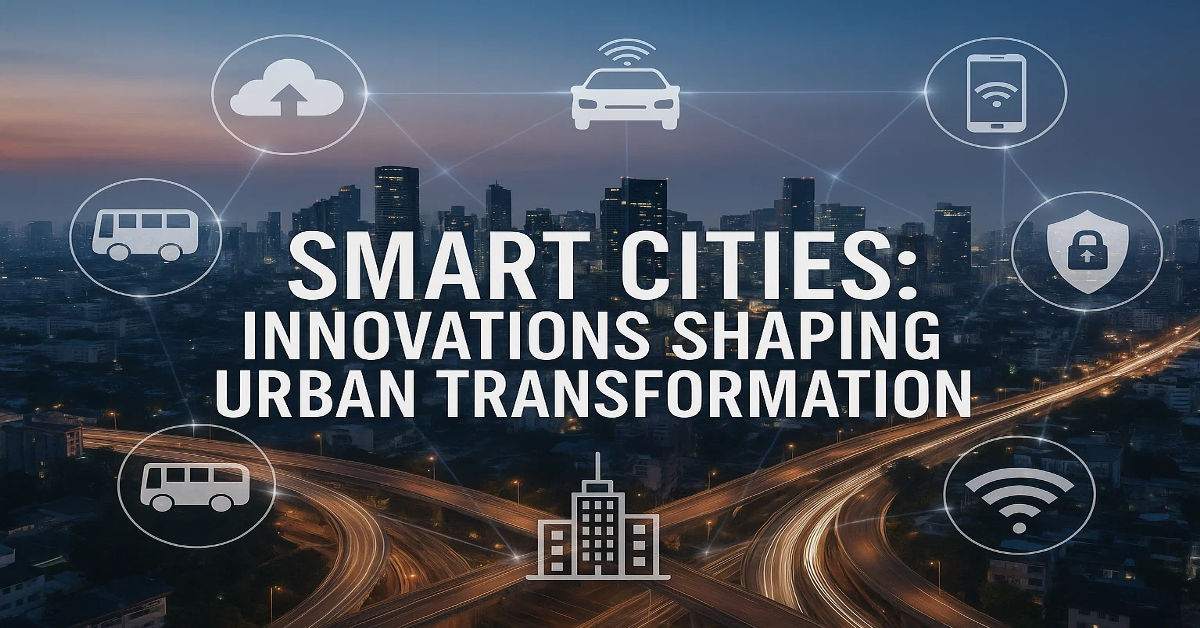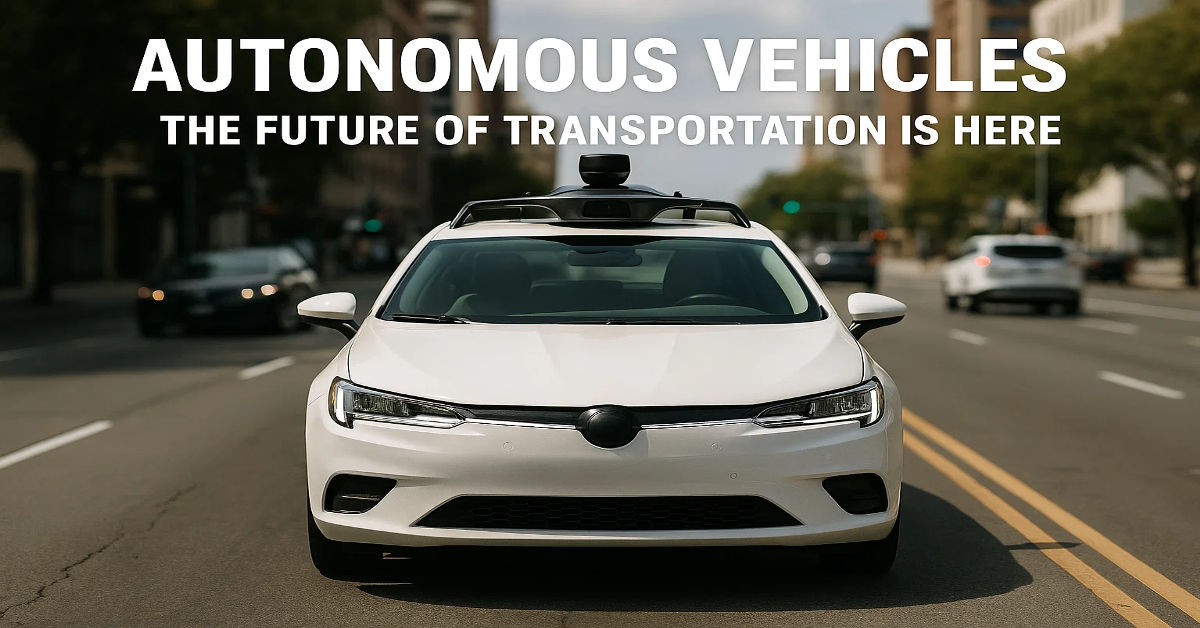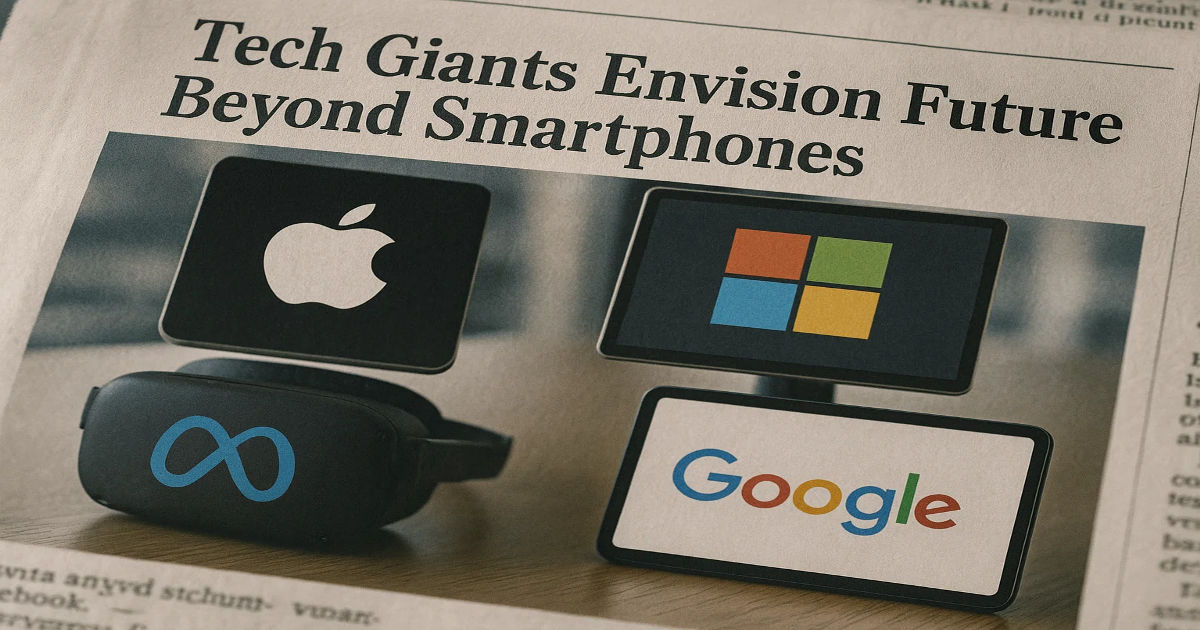
Have you ever wondered what comes after the smartphone revolution? While we’re still glued to our pocket-sized computers, the world’s largest technology companies are already planning their next big move. Major tech giants envision future beyond smartphones by investing billions in emerging technologies that promise to transform how we interact with the digital world. From augmented reality glasses to brain-computer interfaces, the next decade could bring changes as dramatic as the shift from flip phones to iPhones.
The Current Smartphone Plateau
Smartphone sales have been declining for the past few years, signaling market saturation. Most people already own capable devices, and upgrade cycles are getting longer. Innovation has slowed to incremental improvements better cameras, faster processors, and longer battery life. This stagnation has pushed technology leaders to look beyond traditional mobile devices toward more revolutionary computing platforms.
Virtual and Augmented Reality: The New Frontier
Apple, Meta, Microsoft, and Google are pouring resources into mixed reality headsets and smart glasses. These devices promise to overlay digital information onto the physical world, creating immersive experiences that smartphones simply cannot match. Meta’s Quest series and Apple’s Vision Pro represent early steps toward mainstream adoption. As tech giants envision future beyond smartphones, they see AR and VR as the natural evolution of personal computing, offering hands-free interaction and spatial computing capabilities.
Industry analysts predict that AR glasses could replace smartphones within the next 15 years, providing always-on access to information without requiring users to look down at a screen. Companies like Snap and ByteDance are also developing lightweight smart glasses that could make augmented reality as common as wearing regular eyewear.
Wearable Technology Revolution
Smartwatches, fitness trackers, and health monitors have shown that consumers are ready to embrace wearable computing. The next generation of wearables promises even more integration into daily life. Smart clothing with embedded sensors could monitor health metrics continuously, while smart contact lenses might display information directly in your field of vision.
Advanced wearables could handle many smartphone functions making calls, sending messages, and accessing apps – without requiring a separate device. This shift toward distributed computing across multiple wearable devices represents a fundamental change in how we think about personal technology.
Voice and Conversational Computing
Smart speakers and voice assistants have already begun changing how we interact with technology. The next evolution involves more sophisticated conversational AI that can understand context, emotion, and complex requests. Future voice interfaces might eliminate the need for visual displays entirely, handling tasks through natural conversation.
Amazon’s Alexa, Google Assistant, and Apple’s Siri are constantly improving their language understanding and response capabilities. As these systems become more intelligent, they could replace many smartphone functions through voice commands and audio feedback.
Brain-Computer Interfaces: The Ultimate Goal
Companies like Neuralink, Meta, and Synchron are developing brain-computer interfaces that could eventually eliminate the need for external devices altogether. While still in early stages, these technologies promise direct communication between the human brain and digital systems. As tech giants envision future beyond smartphones, neural interfaces represent the ultimate form of seamless human-computer interaction.
Current research focuses on helping people with disabilities control computers through thought alone. However, the long-term vision includes enhancing human capabilities, improving memory, and enabling instant access to information through neural pathways.
Artificial Intelligence Integration
AI assistants are becoming more powerful and proactive, anticipating user needs and automating routine tasks. Future AI systems might manage entire digital lives scheduling appointments, making purchases, and handling communications without requiring explicit instructions.
The integration of large language models and machine learning into everyday computing promises to make technology more intuitive and helpful. Instead of learning how to use apps and interfaces, users might simply tell their AI assistant what they want to accomplish.
The Internet of Things Ecosystem
Smart homes, connected cars, and IoT devices are creating an environment where computing is embedded everywhere. Instead of carrying a single device, users might interact with intelligent systems throughout their environment. Your car, home appliances, and workplace tools could all respond to your presence and preferences automatically.
This distributed computing model reduces dependence on personal devices while providing more seamless and contextual experiences. The smartphone becomes just one node in a larger network of connected devices.
Challenges and Barriers to Adoption
Despite the exciting possibilities, several challenges must be overcome before post-smartphone technologies achieve mainstream adoption. Privacy concerns, battery life limitations, social acceptance, and high costs all present significant hurdles. Many consumers remain skeptical about wearing technology on their bodies or allowing companies to access their biometric data.
Technical limitations also persist current AR glasses are bulky, VR headsets cause motion sickness for some users, and brain-computer interfaces require surgical procedures. These barriers will need to be addressed before new technologies can truly replace smartphones for most people.
Conclusion: Embracing the Post-Smartphone Era
The transition away from smartphones won’t happen overnight, but the foundation is being laid today. As tech giants envision future beyond smartphones, they’re creating technologies that could fundamentally change how we live, work, and communicate. The companies that successfully navigate this transition will likely dominate the next era of personal computing.
While smartphones will remain important for years to come, the most innovative companies are already preparing for what comes next. The future promises more intuitive, immersive, and integrated technology experiences that make today’s devices seem as outdated as flip phones appear now.
Frequently Asked Questions
When will smartphones become obsolete?
Most experts predict smartphones will remain relevant for at least another 10-15 years, but their dominance will gradually decrease as new technologies mature and gain adoption.
What technology is most likely to replace smartphones first?
Augmented reality glasses and advanced smartwatches are currently the most promising near-term smartphone alternatives, as they can handle many cores smartphone functions.
Are brain-computer interfaces safe for everyday use?
Current brain-computer interfaces require surgical implantation and are primarily designed for medical applications. Non-invasive alternatives are being developed, but widespread consumer adoption is likely decades away.
How much will post-smartphone technologies cost?
Early adopters can expect premium pricing, similar to the first smartphones. However, costs typically decrease significantly as technologies mature and achieve mass production.
Will privacy be better or worse in a post-smartphone world?
This depends largely on regulatory frameworks and company policies. Wearable and ambient computing could either enhance privacy through better data control or create new surveillance concerns through constant monitoring.





